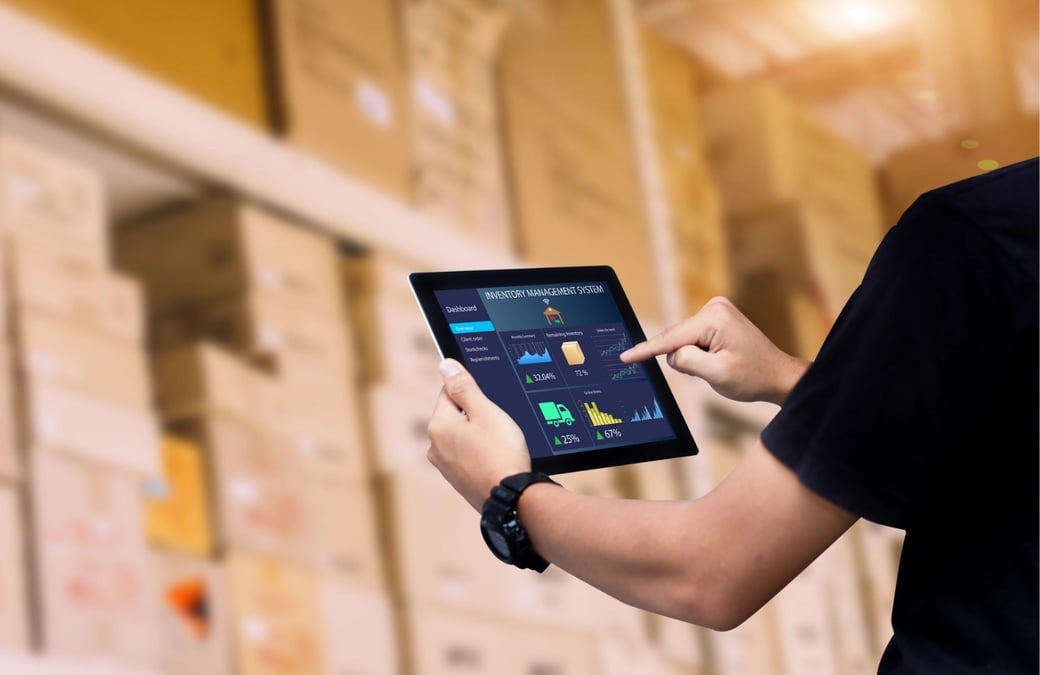Testing is one of the most crucial aspects of any field as it helps in the development of products. It checks that the products are of good quality, and perform their functions effectively as expected by users and consumers. In-Home Usage Testing (IHUT) is an example of testing strategies that have recently gained popularity. This method enables the companies to have their products used by real users with the view of assessing their suitability.
The use of Return on Investment (ROI) for IHUT means that businesses can be better equipped to make decisions about new products or services, improvements to current products or services, and marketing campaigns. In this article, the author examines the role of IHUT in influencing product success and how it is essential for today’s companies.
What is IHUT?
In-Home Usage Testing refers to placing products in the hands of consumers for utilization within their homes for a given period. Basically, ihut is the opposite of testing in laboratories where the conditions that are experienced by the products are artificial.
Samples are typically selected based on specific characteristics that align with the target market for the product. Users incorporate the product into their everyday lives, and their response is collected via questionnaires, interviews, or online.
Measuring ROI in IHUT
The ROI of IHUT is derived from the difference between the cost of undertaking the tests and the value obtained from the insights from the tests done.
Cost Analysis
The first of these elements is to assess the costs that are incurred in the ROI process. This is the cost incurred in producing test products, their distribution, and the collection of feedback. There may also be costs of incentives for participants and other costs of data analysis tools.
Data Collection and Analysis
Gathering and analyzing data from IHUT is essential. This data is useful to understand how the product works under normal conditions, how customers use it, and the problems they might experience. Various analytical and business intelligence metrics can help analyze and visualize this data.
Improvement and Refinement
It can also be used to make necessary changes and adjustments before the product is finally taken to the market for a total release. It can help achieve improved product performance, customer satisfaction, and hence increased sales. The ROI is further underpinned by the savings that come as a result of not using a potential product failure or costly recalls.
Market Acceptance
Therefore, the IHUT study can contribute to having a more successful product launch. Positive feedback, combined with real-world product performance, resonates well with consumers and enhances initial market acceptance.
Long-Term Benefits
IHUT as a tool could provide insights as to future product improvements and innovations. Through understanding successes and failures, businesses can develop better products to suit the needs of clients thus resulting in long-term returns and profits.
Case Study: IHUT in Action
Suppose there is an organization that intends to introduce a new kitchen appliance. By conducting an IHUT they selected 500 households to which they gave the appliance. They used the appliance for a duration of three months and gave comprehensive feedback in the surveys and interviews.
Costs Involved
- Manufacturing and distribution of 500 appliances: $250,000
- Incentives for participants: fifty thousand dollars or more.
- Data collection and analysis: This totals to about $30, 000.
- Total cost: $330,000
Benefits Gained
- Preventing an erroneous design that would have led to product recalls; was valued at approximately $1,000,000.
- Another example of positive feedback was the launch of a marketing campaign for the convenience of using the appliance; this raised the initial sales by 20%.
- Permanent understanding of the preferences of the consumer, which may be useful in the development of new products.
ROI Calculation
This IHUT provided a substantial return on investment. The direct monetary saving from not having to undertake a product recall, coupled with higher first trial, and consumer information, outweighs the cost of the IHUT extremely well.
Challenges and Considerations
As discussed above, IHUT has several advantages, but it also comes with some advantages as well. It is important to note that getting a fair number of participants, handling practical issues, and interpreting responses can be quite challenging. Furthermore, IHUT has to be contextualized by the costs that companies are willing to bear in relation to the potential returns.
Ensuring Representative Sampling
One of the most critical aspects is the choice of participants that would be a good reflection of the target market. This involves research and planning in terms of the population to be targeted to ensure that the feedback obtained will be appropriate.
Managing Logistics
Organizing and coordinating the distribution of the products, gathering feedback data, and sharing organizational details with the participants entails effective logistics. These can be time-consuming and costly and may need specific software and staff.
Interpreting Feedback
It is noteworthy that not all the feedback will be positive, and in some cases, it may be negative. The demand for competent analysts who can analyze datasets, determine trends, and convert them to changes for the better increases.
A Comparison of IHUT with Traditional Systems of Measuring
It is important to compare the IHUT method with the traditional methods of product testing in order to understand when it is most suitable to use one or the other. Below is a comparison table highlighting key aspects of IHUT and traditional measuring systems:
| Aspect | In-Home Usage Testing (IHUT) | Traditional Measuring Systems |
| Testing Environment | Real-world consumer homes | Controlled laboratory or testing facility |
| Participant Selection | Targeted consumer demographics | Selected based on convenience or specific criteria |
| Duration | Extended period (weeks to months) | Short duration (hours to days) |
| Feedback Type | Qualitative and quantitative real-world feedback | Primarily quantitative, controlled feedback |
| Product Interaction | Natural, everyday use | Structured, guided use |
| Cost | Higher due to logistics, product distribution, and incentives | Lower, primarily costs related to lab setup and personnel |
| Data Collected | Comprehensive, covers various aspects of product usage | Specific, focused on pre-defined criteria |
| Insight Depth | In-depth understanding of user experience and preferences | Technical performance and basic user feedback |
| Scalability | Limited by logistics and cost | Easily scalable with larger sample sizes |
| Result Application | Directly applicable to real-world scenarios | It may require adaptation for real-world application |
| Flexibility | High flexibility, adaptable to different product types | Lower flexibility, suited for standardized testing |
| Consumer Interaction | High engagement with end-users | Limited interaction with end-users |
IHUT has its strengths and weaknesses; however, it captures depth and authenticity far superior to conventional measuring systems.
Conversely, traditional systems offer affordable, scalable, and manageable test environments for initial product assessments. Businesses need to understand their requirements and goals when it comes to choosing the most suitable testing type.
Conclusion
In-Home Usage Testing is a strong method for evaluating the success of a product, as well as the effectiveness of a positive ROI. When products are tested in such conditions then companies are able to acquire information that can help in future product enhancements, customer satisfaction, and effective commercialization of products.
Despite the challenges associated with IHUT, the strategy can be of significant value when properly implemented. All in all, IHUT is a crucial strategy for any firm that wants to sustain competitiveness and develop new product solutions for the long term.
FAQs
In what way is IHUT different from other forms of product testing?
IHUT puts the products in the hands of the actual consumers they use them in their houses which is very different from formal product testing where the product is tested under controlled conditions that may not actually represent real-life conditions.
What kind of products should be promoted through IHUT?
IHUT is particularly appropriate for products that are used frequently in the home like electronics, cleaning products, grooming products, and foodstuffs. This is especially suitable for products that require user engagement and actual usage settings for optimal performance.
In what ways can companies be sure that feedback received from IHUT is accurate?
First, it is critical to pick the participants wisely in order to have reliable feedback from the customers; second, companies should provide clear instructions regarding how to use the product; third, more comprehensive methods of data collection should be employed. It is also worthwhile to engage the participants frequently because it can help to explain matters and get more elaborative information.
Stay in touch to get more news & updates on Internal Insider!









